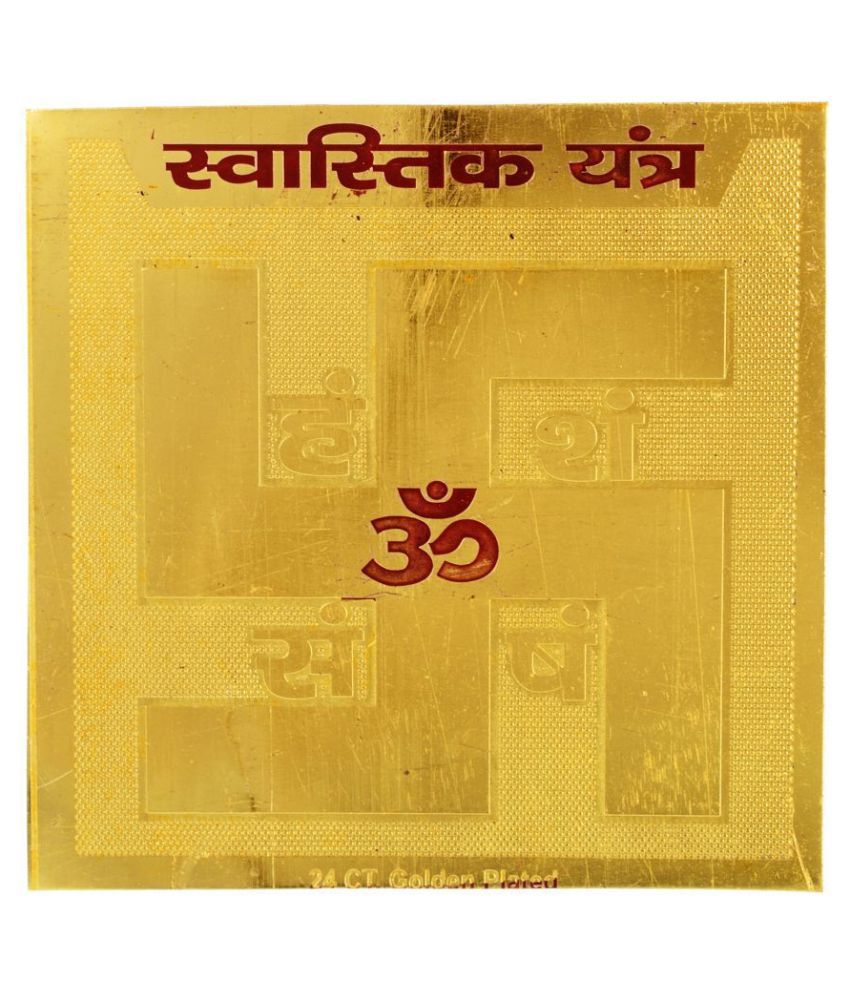The word ‘swastika’ is a sanskrit word (‘svasktika’) meaning ‘it is’, ‘well being’, ‘good existence, and ‘good luck’. However, it is also known by different names in different countries - like ‘wan’ in china, ‘manji’ in japan, ‘fylfot’ in england, ‘hakenkreuz’ in germany and ‘tetraskelion’ or ‘tetragammadion’ in greece.A religious symbol for hindus, the swastika was first mentioned in the vedas. It symbolises many things — luck, surya (the sun) and brahma, the creator. Ganesh puja is must before starting any work and swastik is the symbol of lord ganesha. It is most auspicious.The four wings of the swastik cross point towards the four directions, namely north, east, south and west, which connotes stability, firmness and strength. Swastika is regarded very sacred and therefore this motif is used to adorn almost all the things associated with the hindu religion. The right side of swastika represents the rotation of sun, which begins from the northern hemisphere and then proceeds to east, then south and finally west. Left side of swastika is known as sauvastika. It symbolizes goddess kali, who is portrayed in a very terrifying manner. She is considered to be the goddess of darkness.For hindus, the four limbs of swastika denotes 4 vedas( rig veda, sama veda, yajur veda and atharva veda), 4 goals of life (virtue, success, pleasure and release from the world), 4 stages of life (student, householder, retired person and ascetic), 4 directions (north, south, east and west), 4 seasons (spring, summer, autumn and winter), 4 eras (satya yuga, treta yuga, dvapara yuga and kali yuga), 4 social classes (priests, warriors, merchants and workers) and 4 paths of yoga (jnana yoga, bhakti yoga, karma yoga and raja yoga). The reference to this symbol can be found in vedas and upanishads.

